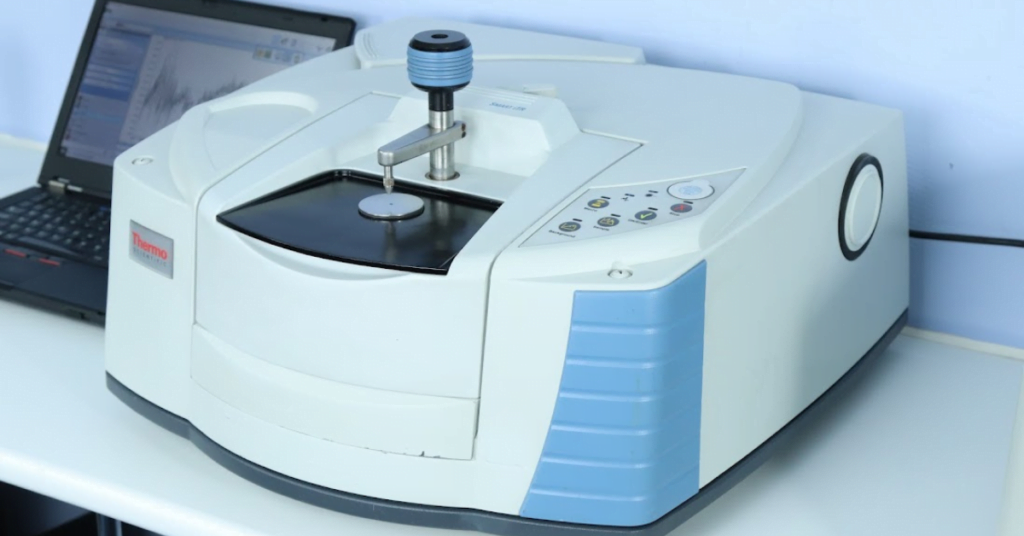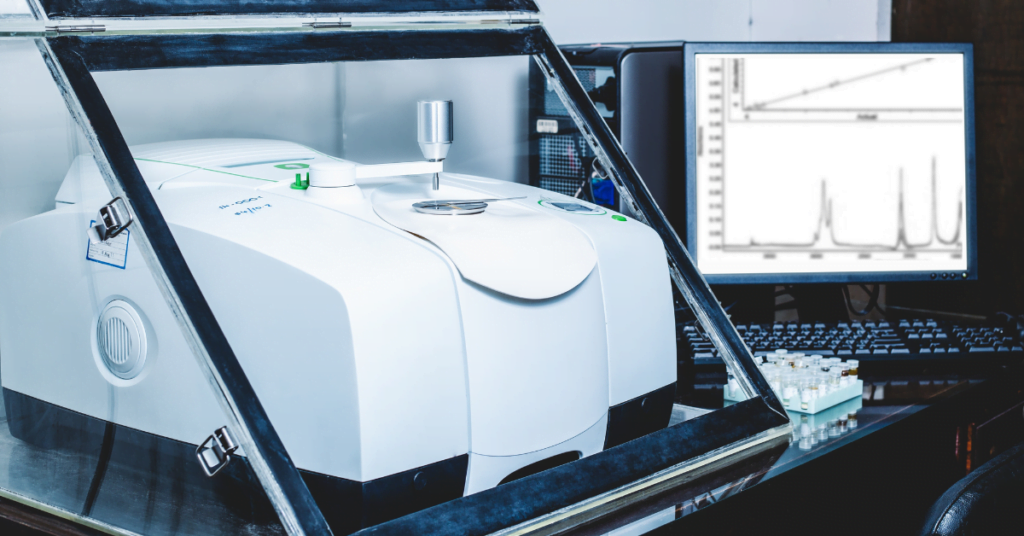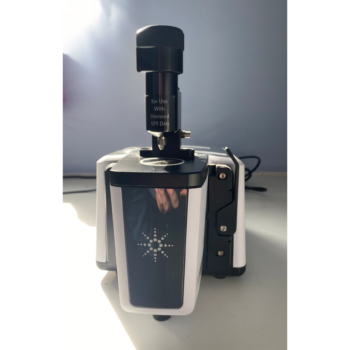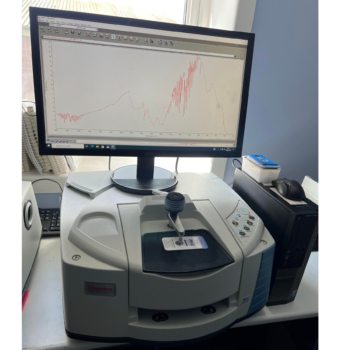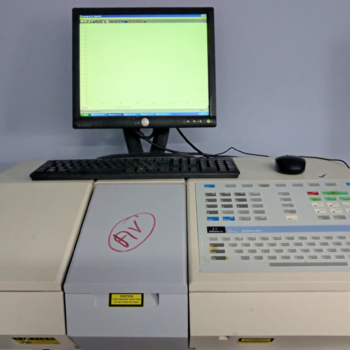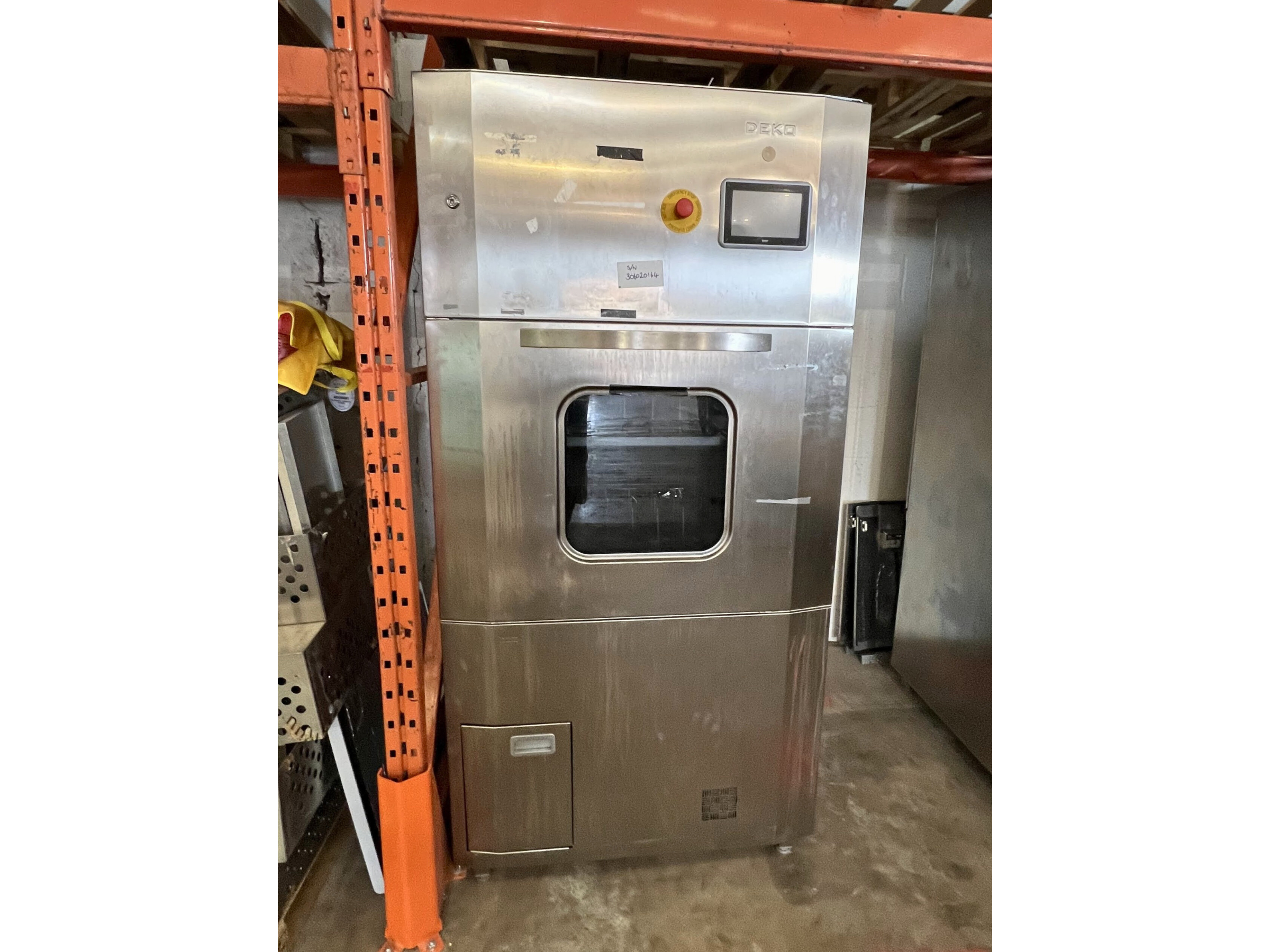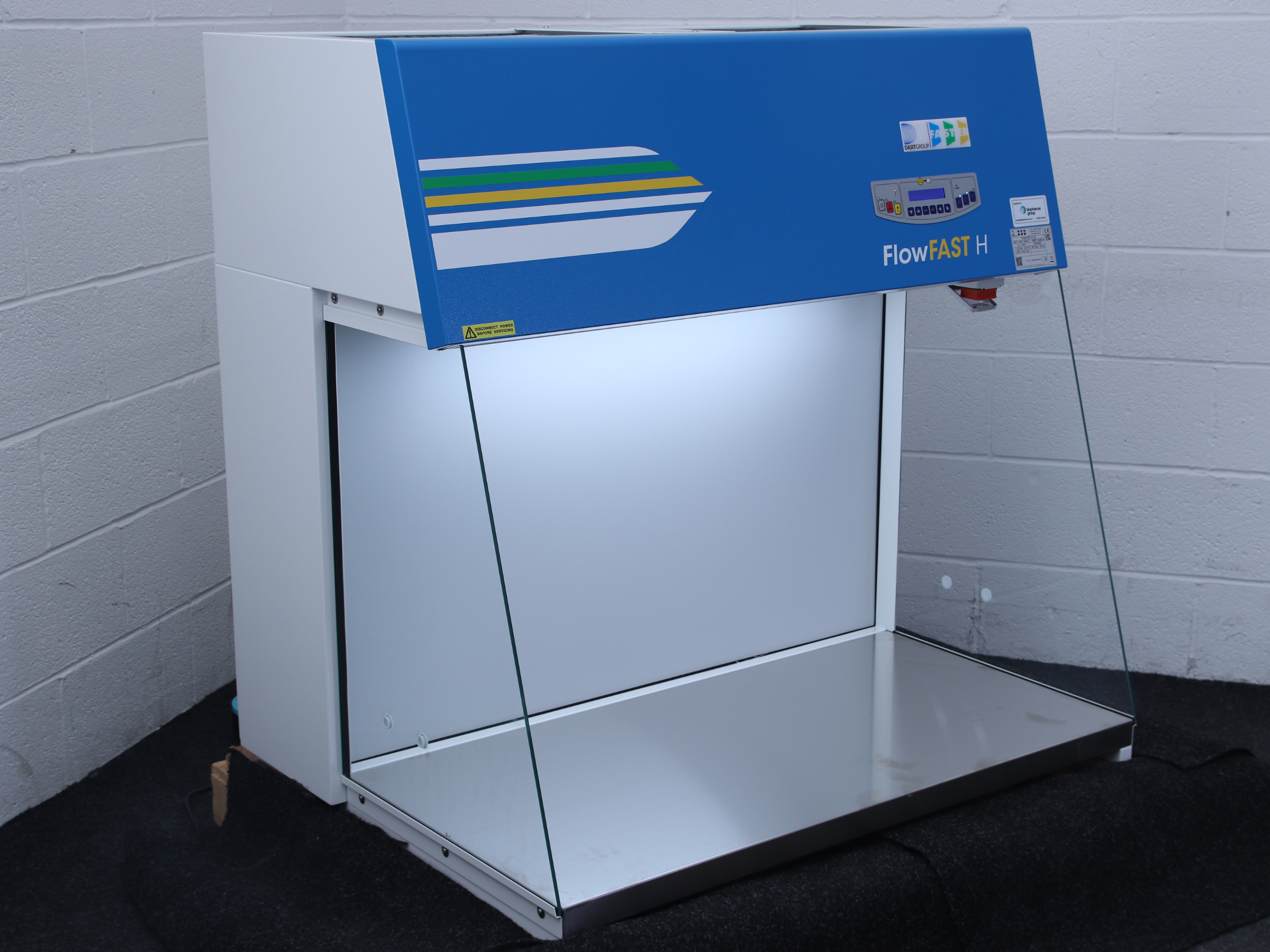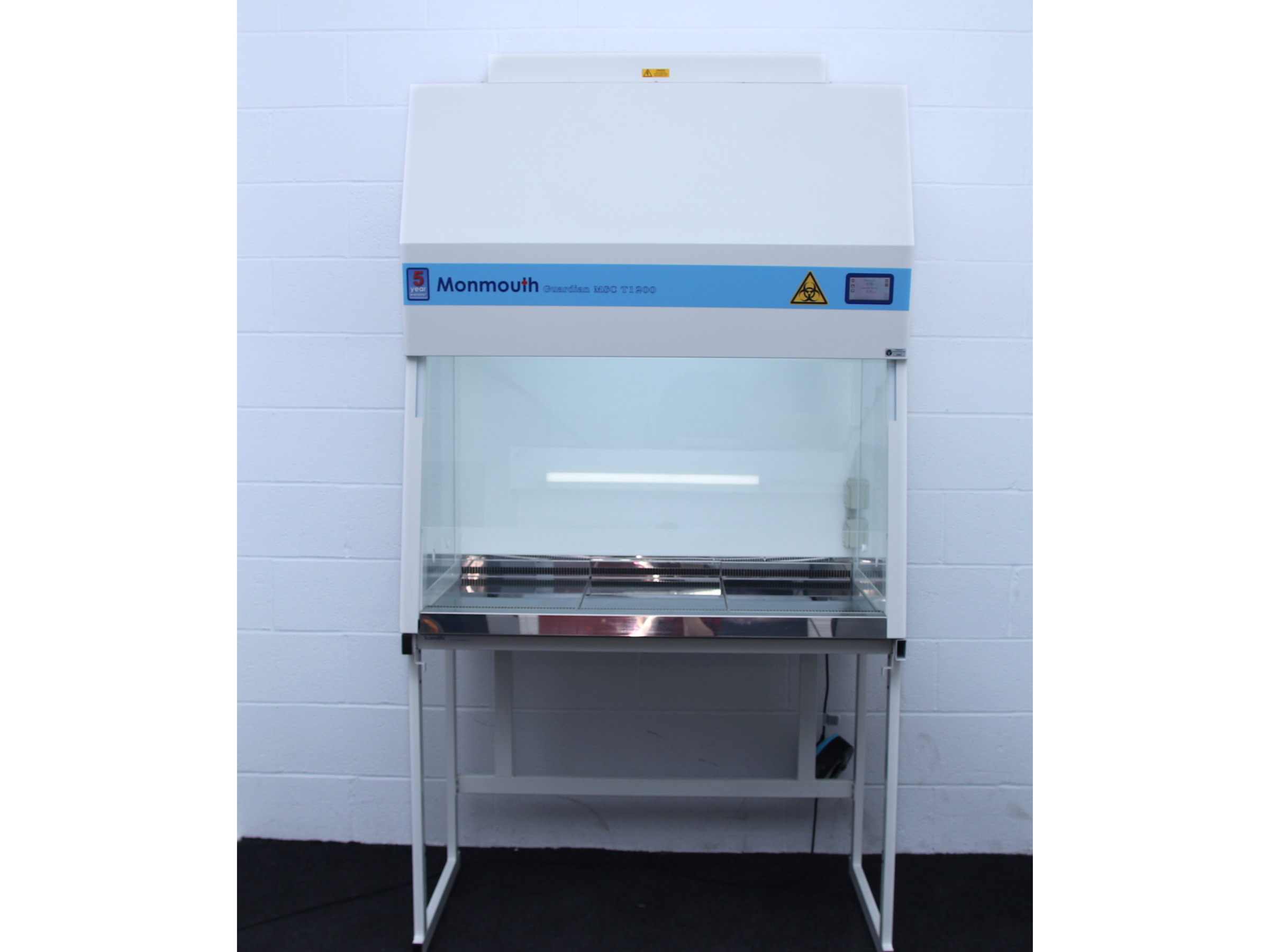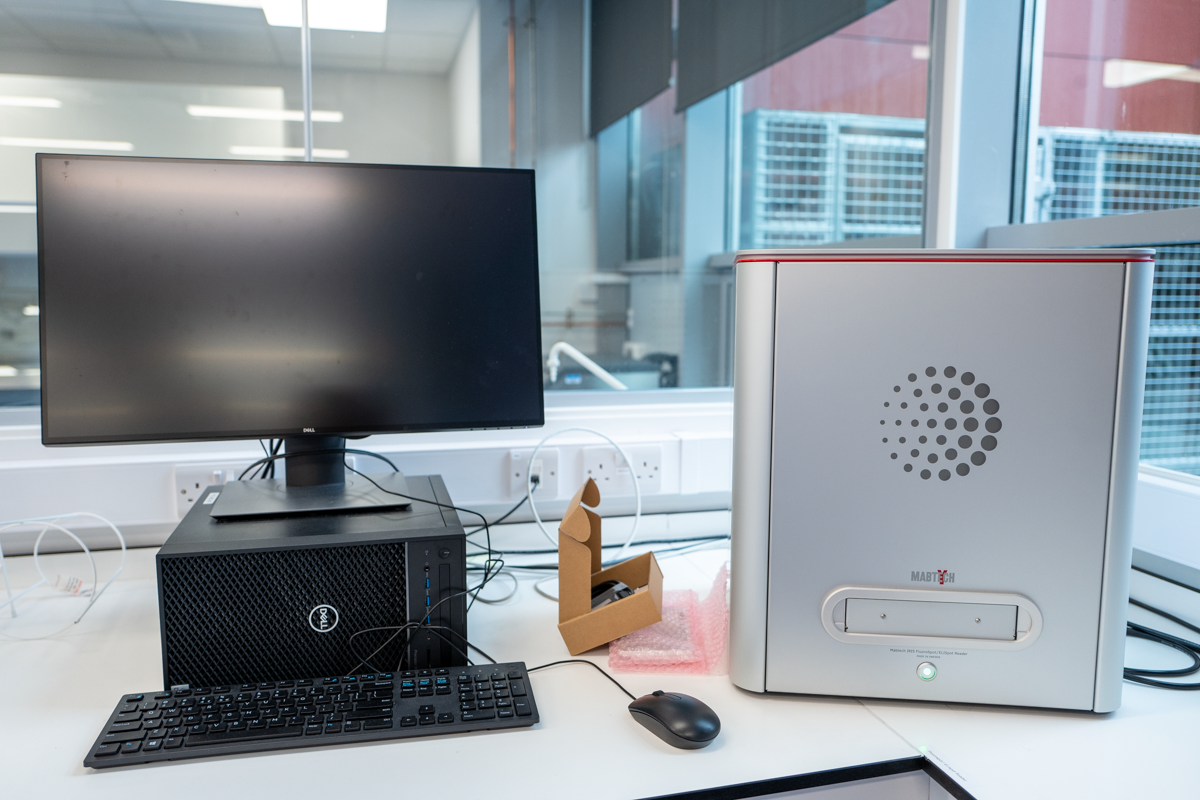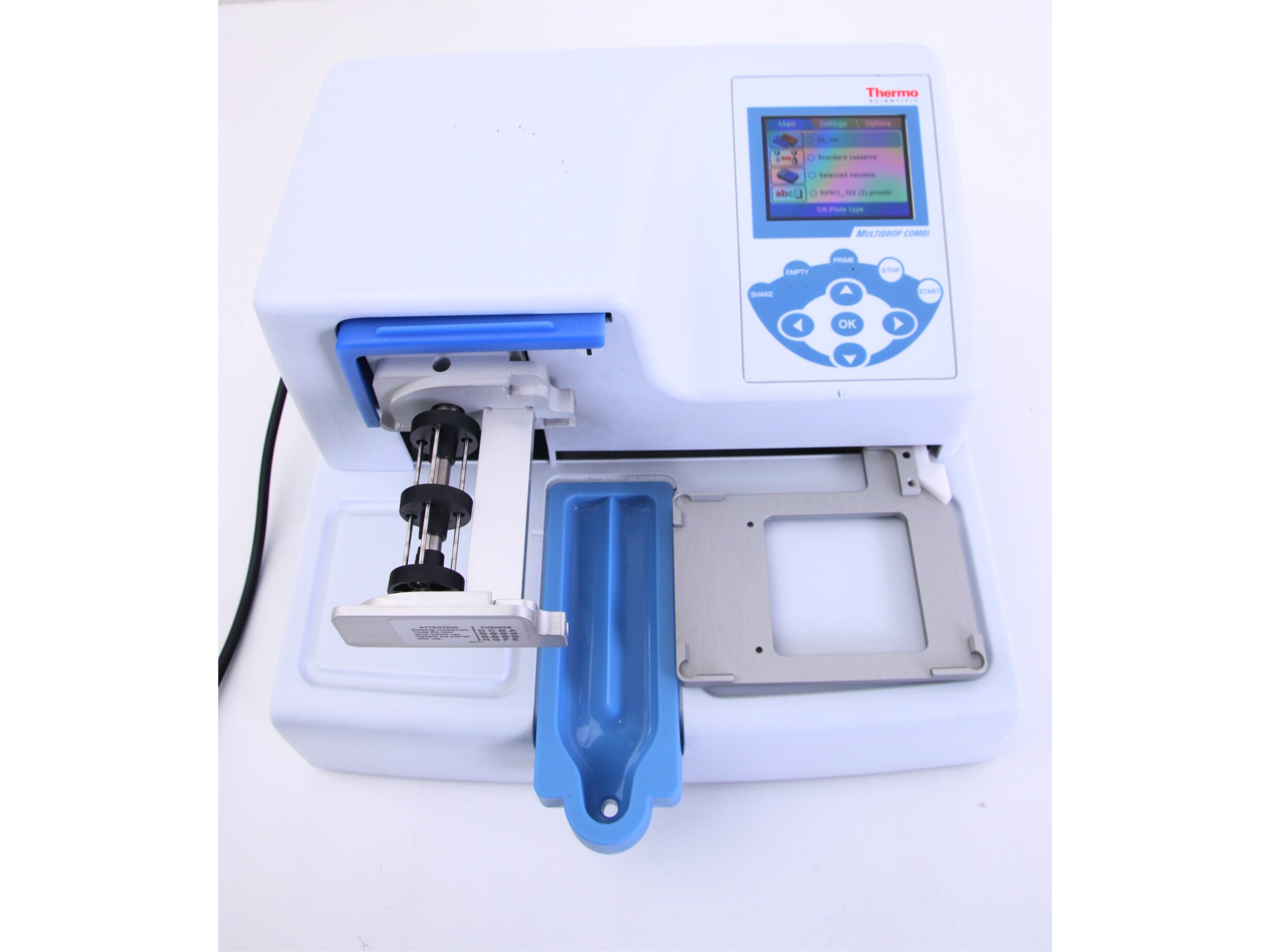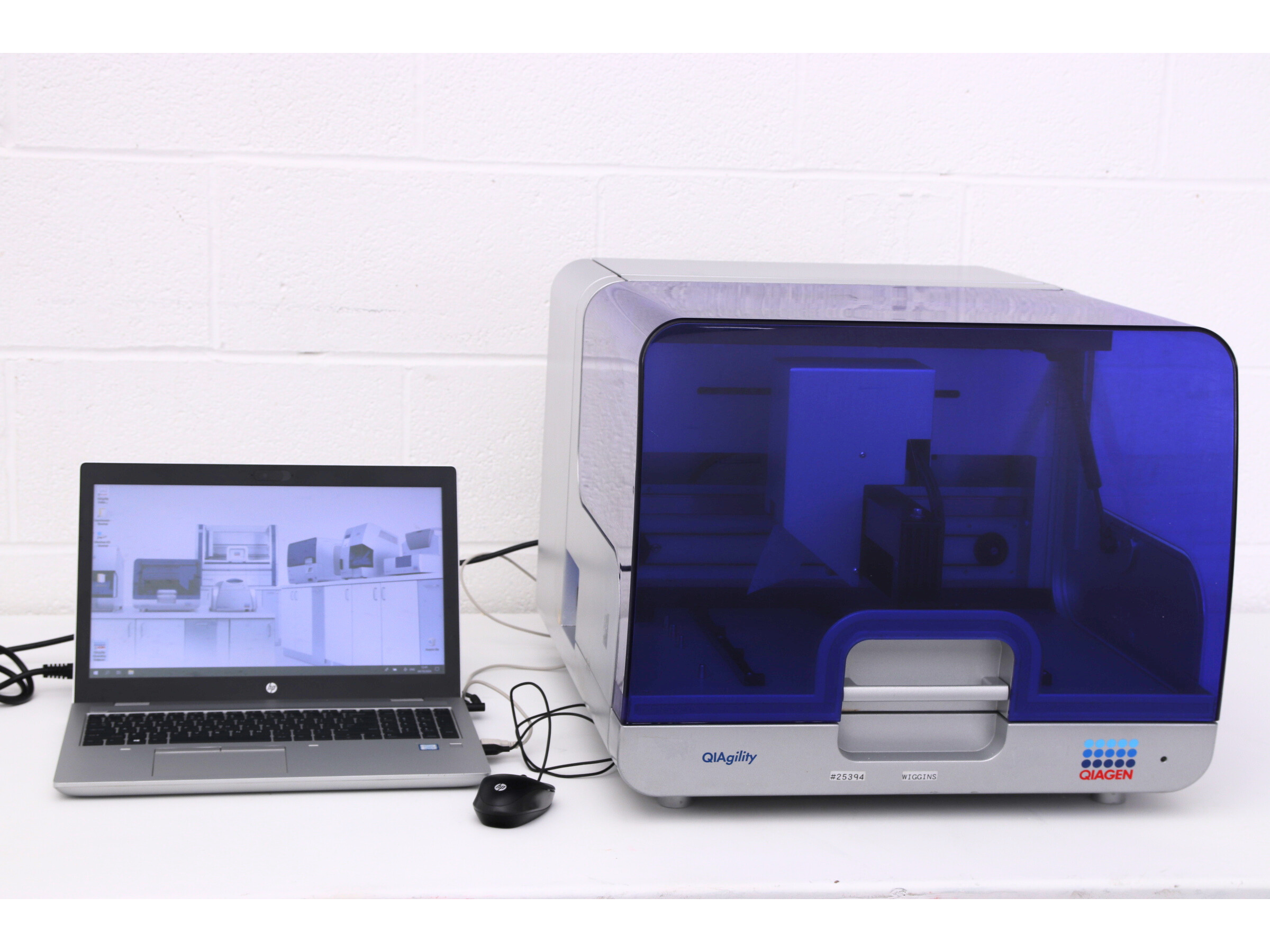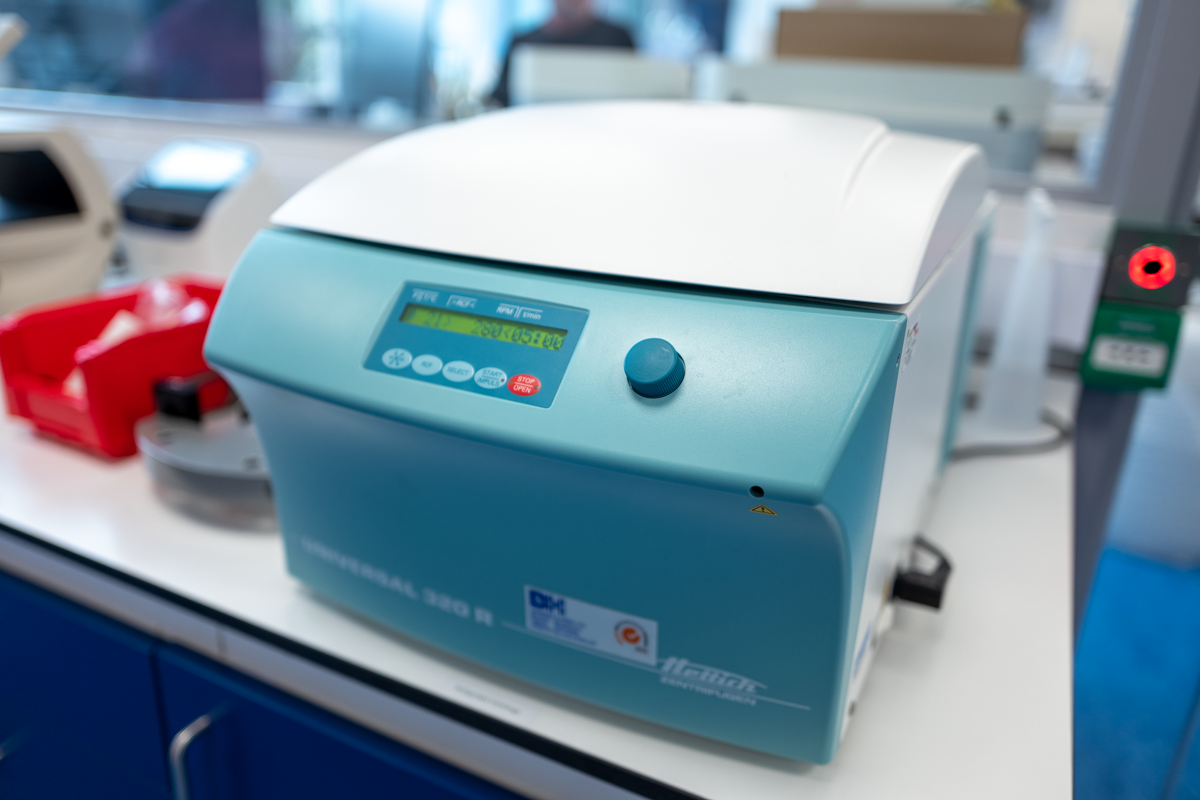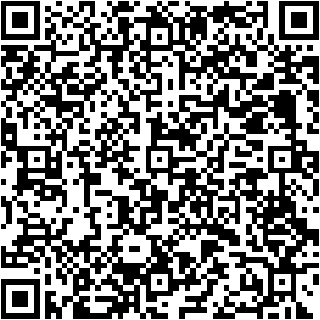FTIR spectroscopy is a versatile analytical technique known for its ability to provide valuable insights into the composition of various materials. While its primary role is often associated with qualitative analysis, FTIR can absolutely be used for quantitative analysis as well.
FTIR for Quantitative Analysis
Quantitative analysis involves determining the concentration or amount of specific components within a sample. While FTIR is renowned for its qualitative capabilities, it can also serve as a quantitative tool. By exploiting the relationship between the intensity of infrared absorption bands and the concentration of a substance, researchers can easily establish calibration curves to quantify the target compounds.
Key considerations for using FTIR for quantitative analysis:
Calibration: Developing a reliable calibration curve is a crucial step if you wish to use FTIR for quantitative analysis. This involves measuring standards with known concentrations to establish a relationship between absorbance and concentration.
Sample Preparation: Accurate results hinge on proper sample preparation. As a result, homogeneous samples and consistent thickness are essential for meaningful quantitative measurements.
Interferences: External factors like water vapor and impurities can affect FTIR measurements. As a result, steps must be taken to mitigate their influence.
Precision and Accuracy: Proper instrument calibration and validation ensure precision and accuracy in quantitative measurements.
Limitations of using FTIR for quantitative analysis:
FT-IR analysis is an extremely useful tool for taking a ‘snapshot’ of a complete substance. However, it does not allow separation, therefore making individual analysis of substances within a mixture far more challenging. Moreover, peak heights and areas may be heavily affected by neighbouring peaks. In short, quantitative analysis by FT-IR is typically only reliable if evaluating the concentration of a single analyte within a predetermined solvent or background. For analyses of the concentration of a single substance within an unknown (or unreliable) matrix, methods such as HPLC may be preferable. This is because they allow the analytes to be separated and quantified independently. Typical applications of quantitative FT-IR might include pharmaceutical or food quality control, where the user is working with a single analyte within a predetermined fixed matrix.
Why buy FT-IR Second Hand?
For those looking to utilise FTIR for quantitative analysis without breaking the bank, second-hand or refurbished FTIR instruments can be excellent options.
Cost-Effective: Refurbished instruments are more affordable than brand-new ones, making advanced analytical techniques accessible to a wider range of users.
Performance: Refurbished instruments can deliver high performance, often comparable to new ones, especially when sourced from reliable suppliers.
While FTIR spectroscopy is widely recognised for qualitative analysis, its potential for quantitative analysis should not be underestimated. By adhering to proper calibration practices and considering the factors mentioned above, researchers can leverage FTIR’s capabilities for accurate quantitative measurements.
Whether you’re looking to buy a refurbished FTIR instrument to enhance your laboratory’s capabilities, or would like more information about selling a used FTIR instrument, speak to the team at Richmond on 01257 270433
